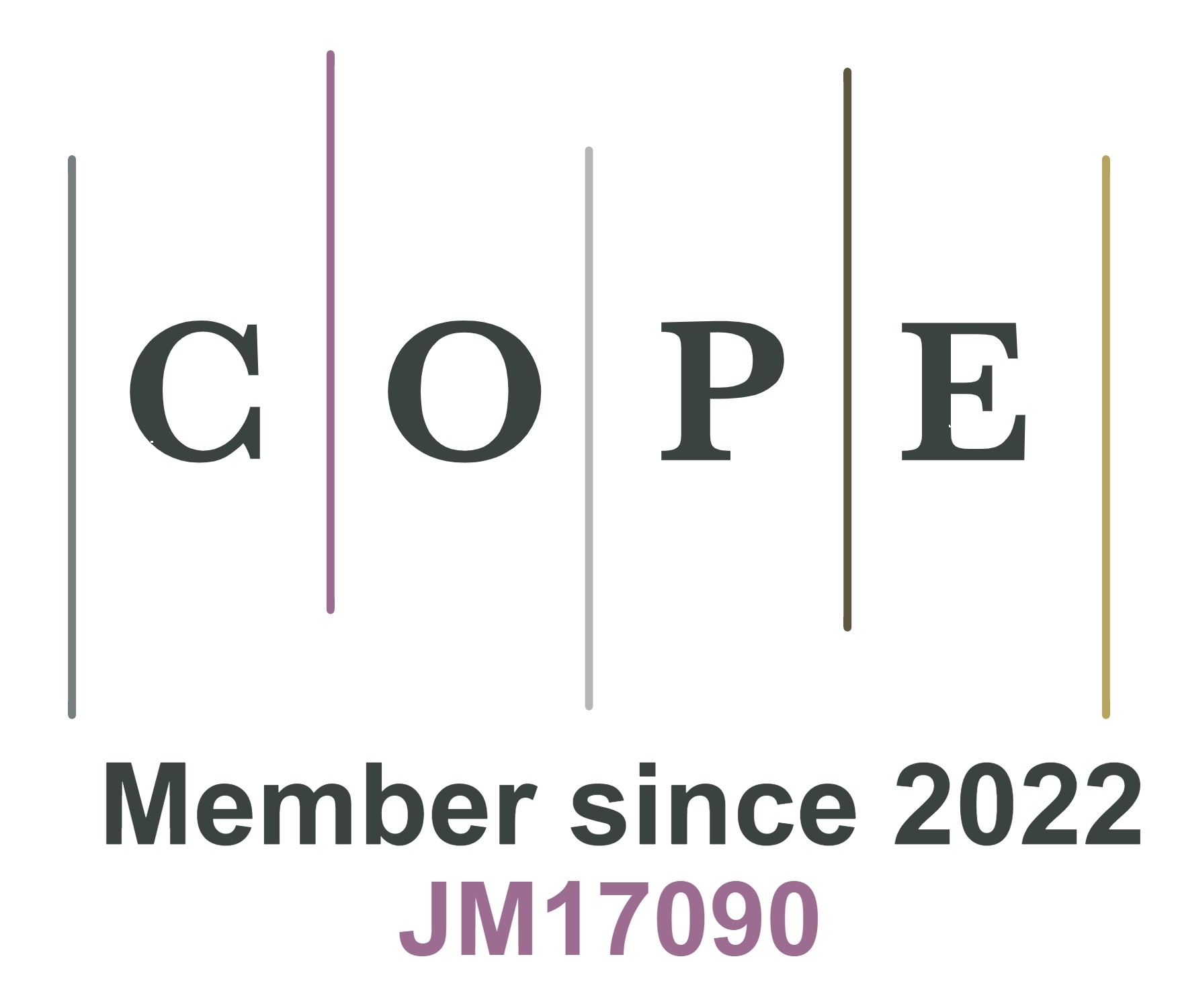fig6

Figure 6. AI learning in neuromorphic computing. (A) A comparative illustration of ANN and SNN neuron models. Reproduced with permission[96]. Copyright 2022, Advanced Electronic Materials; (B) A depiction of the processes underlying biological synaptic plasticity and the patterns of neuronal activity. Reproduced with permission[95].Copyright 2022, Nature Communications; (C) Supervised global learning and local STDP unsupervised learning for digit classification. Reproduced with permission[98]. Copyright 2019, Nature; (D) Schematic of the VO2 memristor-based adaptive LIF neuron and operation flow. Reproduced with permission[99]. Copyright 2023, Nature Communications; (E) The integrated memristive neural network; (F) Input patterns via a 4 × 4 input array with triangular waveform stimulation. (E and F) Reproduced with permission[100]. Copyright 2018, Nature Electronics; (G) Architecture of the neuromorphic framework. Reproduced with permission[102]. Copyright 2023, Science Advances; (H) Memristor-based hardware system with reliable multi-level conductance states and on-chip training. Reproduced with permission[103]. Copyright 2020, Nature. AI: Artificial intelligence; ANN: artificial neural network; SNN: spiking neural network; STDP: spike-timing-dependent plasticity; LIF: leaky integrate-and-fire.









